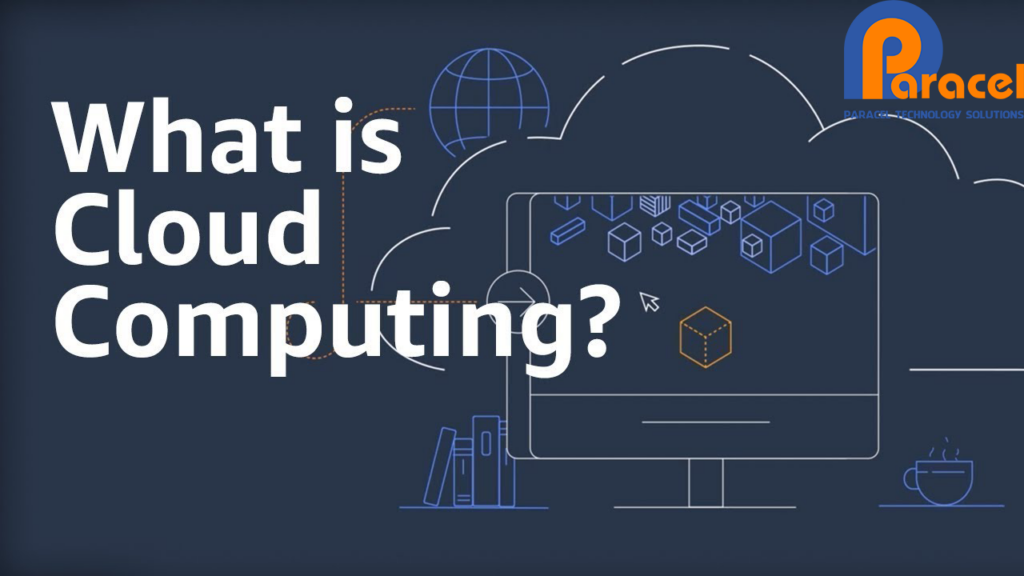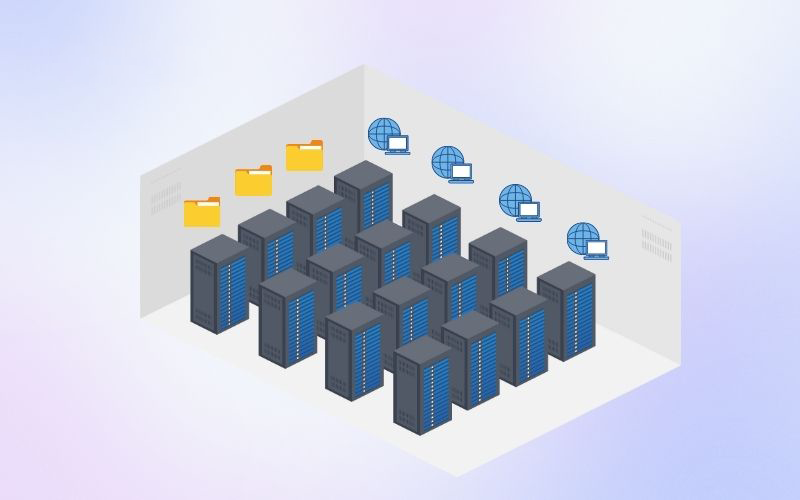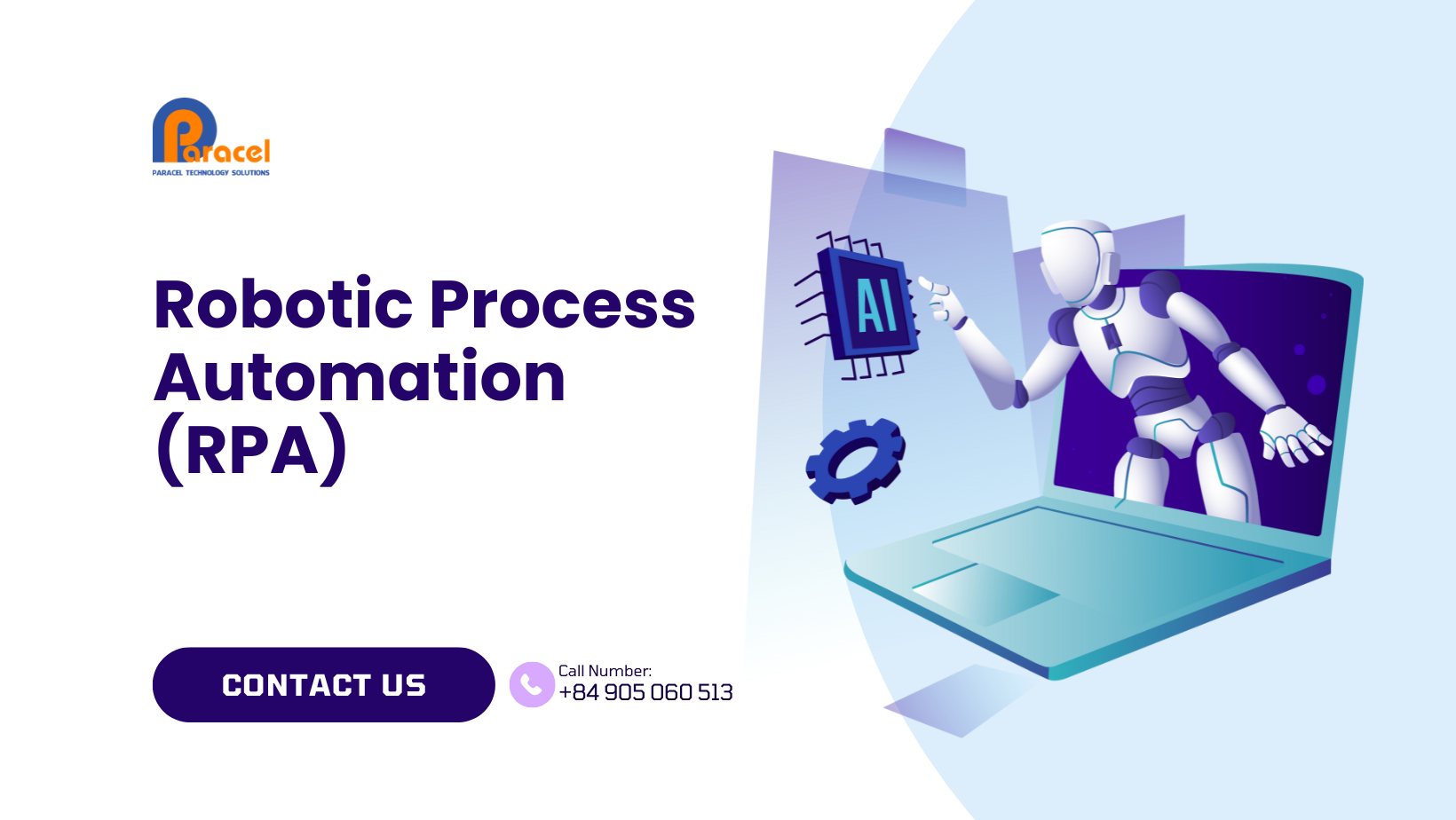Cloud Computing is considered a revolution in the world of the Internet due to the advantages it brings. More and more organizations and businesses are using these services. So what is Cloud Computing? What are its benefits? What are the types of Cloud Computing? All of these questions will be answered by ParacelTech in the following article.
What is Cloud Computing?
Cloud Computing is the provision of server, storage, database, networking, software, analytics, and intelligence services over the Internet (‘the cloud’) to deliver rapid innovation, flexible resources, and economies of scale. Instead of owning and maintaining these resources yourself, you pay for cloud services you use, helping you reduce infrastructure operation costs.

Simply put, Cloud Service is the storing and running of data and applications on the cloud rather than on your local computer or any device you own. Then, these cloud-based applications and data are accessed via the Internet. This means that the workload is no longer on your computer or any device you own but is entirely processed on the cloud.
What is the Cloud?
The Cloud is a building containing servers to provide services to customers. It is a massive data center. These servers perform various tasks such as running applications, storing data, processing data, and hosting websites. All of them can connect to each other and can be accessed via the Internet.

The History of Formation and Development of Cloud Computing
The term ‘cloud computing’ originated in the early 1990s. After Apple and Microsoft were established, the Internet became more understandable and attracted interest in networking. IBM then introduced its first PCs or MAC operating systems, laying the foundation for cloud computing.
By the late 1990s, as the internet and IT devices improved, Cloud Computing gained traction. Salesforce.com, when launched, became the first commercial site offering a range of business applications. People increasingly recognized the value of Cloud servers and used them through services like Yahoo and email.
In 2002, Amazon introduced Amazon Web Services (AWS). Facebook’s launch in 2004 brought the concept of a ‘cloud for individuals.’ By 2006, the term ‘Cloud Computing’ gained momentum with the launch of Amazon’s EC2 services and Google Docs.
The Benefits of Cloud Computing
Throughout its journey from inception to the present day, Cloud Computing has brought about many benefits, including:
1. Speed
The diverse access capabilities of cloud technology enable you to innovate and develop rapidly. You can easily access necessary resources, from infrastructure services like computing, storage, and databases, to technologies like the IoT, machine learning, data warehousing, and data analytics.
The ability to deploy technology services quickly and more flexibly than ever before helps you move from ideation to execution more rapidly. This allows you to easily experiment and test new ideas to create better customer experiences and grow your business.
2. Scalability
With cloud computing, you don’t need to provision resources beyond your highest anticipated business operational needs in the future. Instead, you provide only the resources you actually need. You can easily scale up or down these resources instantly to meet changing business demands.
3. Cost Savings
Cloud Computing allows you to replace fixed costs such as data centers and physical servers with variable costs, only paying for the IT resources you use. Moreover, variable costs are also much lower than the costs you would have to bear on your own due to economies of scale.
4. Rapid Deployment Worldwide:
With the Cloud, expanding into new geographic regions and deploying globally can be done in just minutes. For example, AWS has infrastructure worldwide, allowing you to deploy your applications in multiple locations with just a few clicks. By placing applications closer to end users, latency is minimized, and their experience is improved.
Types of Cloud Computing Services
Most cloud computing services fall into four main types: Infrastructure as a Service (IaaS), Platform as a Service (PaaS), Serverless, and Software as a Service (SaaS). Depending on the requirements, different levels of control, flexibility, and management can be chosen for each type.
Infrastructure as a Service (IaaS)
Infrastructure as a Service (IaaS) is one of the fundamental cloud services. With IaaS, you can rent IT infrastructure.
Platform as a Service (PaaS)
Platform as a Service (PaaS) provides an on-demand environment for developing, testing, deploying, and managing software applications. It helps developers quickly create web or mobile applications without needing to set up or manage the underlying infrastructure of servers, storage, networking, and databases required for development.
Software as a Service (SaaS)
Software as a Service (SaaS) is software delivered as a service, distributing software applications over the internet on-demand and typically on a subscription basis. With SaaS, cloud providers host and manage software applications as well as the underlying infrastructure, handling all maintenance activities such as software upgrades and security patches. Users connect to the application over the internet, usually through a web browser on their phone, tablet, or PC.
Serverless Computing
Serverless Computing, also known as function-as-a-service (FaaS), focuses on building application functionality without continuously managing servers and the infrastructure needed to do so. The cloud provider handles setting up, scaling, and managing servers for you. Serverless architecture is highly scalable and event-driven, only using resources when a specific function or trigger occurs.
What are the benefits of Cloud Computing?
You may be using cloud computing without realizing it. If you send emails, edit documents, stream media, or store files online, cloud computing is likely powering it all.
Here are some specific examples:
Storage, Backup, and Data Recovery
Protect your data more cost-effectively—and on a larger scale—by transferring your data over the internet to an external cloud storage system that can be accessed from any location and device.
Streaming Audio and Video
Connect with your audience anytime, anywhere, on any device with globally distributed high-resolution audio and video.
Delivering Software on Demand
Also known as Software as a Service (SaaS), on-demand software allows you to deliver the latest versions and updates of software to customers – whenever they need it, wherever they are.
Hopefully, readers can understand more about Cloud Computing through this article. Don’t forget to follow ParacelTech for more useful knowledge updates!





